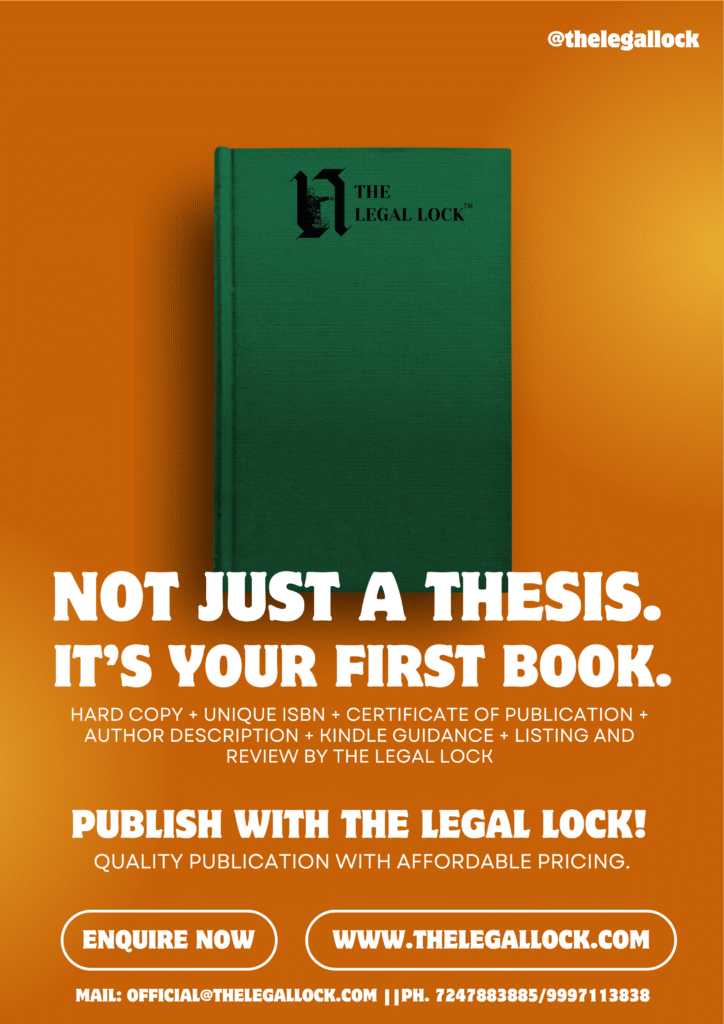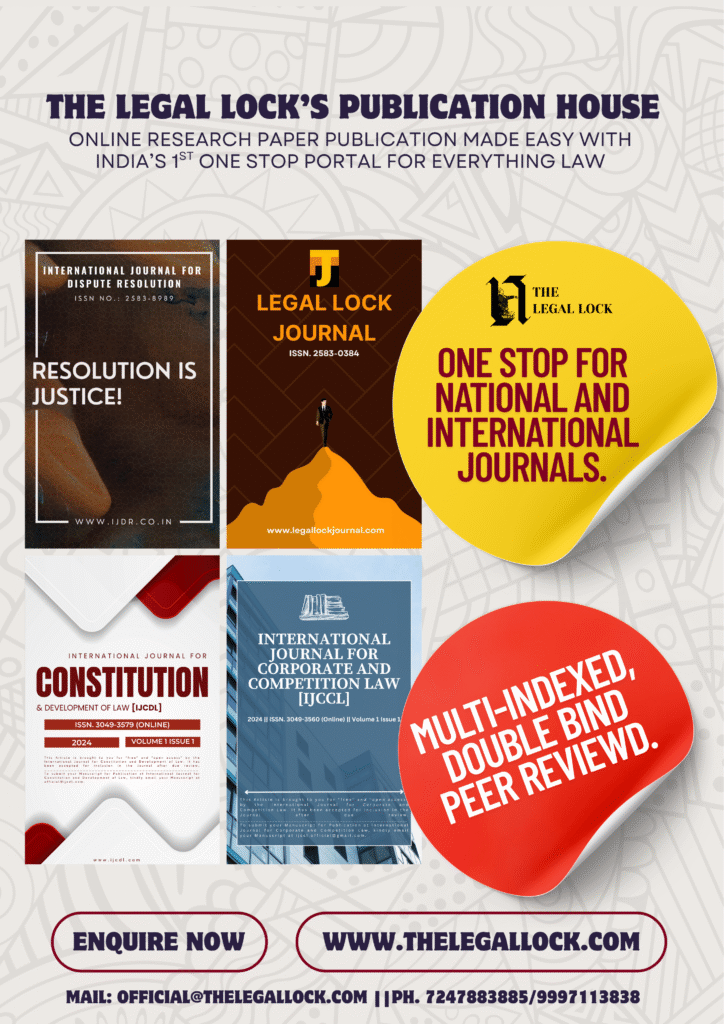TAXATION OF GIFTS UNDER SECTION 56(2)(X) OF THE INCOME TAX ACT, 1961: LEGAL ANALYSIS, CASE LAW, AND PRACTICAL FRAMEWORK

Introduction
Gifts as a form of income have historically presented complex challenges to the Indian tax system. With the evolution of tax planning strategies and the rise in the use of gifts to transfer wealth, the legislature has responded by enacting comprehensive anti-abuse provisions. Section 56(2)(x) of the Income Tax Act, 1961 serves as a pivotal provision in this context, aimed at taxing certain receipts without consideration or for inadequate consideration that are effectively in the nature of income. The provision brings within its ambit not only gifts of cash but also transfers of movable and immovable properties.
Introduced to widen the tax base and curb tax avoidance through gifts, Section 56(2)(x) is applicable to all persons, including individuals, Hindu Undivided Families (HUFs), firms, and companies, unless explicitly exempted. It operates on the principle that certain gratuitous receipts—such as gifts received from non-relatives—should be treated as income if they exceed a prescribed monetary threshold. The provision lays out conditions under which gifts are taxable depending on whether they are received in money, movable property, or immovable property, and whether they are received without or for inadequate consideration.
What makes this section particularly significant is its detailed framework and its interaction with other provisions of the Act, especially those governing capital gains. For example, when an asset is taxed under Section 56(2)(x), its cost of acquisition is deemed to be the value taxed under that section, as per Section 49(4). This alters how capital gains are computed on subsequent sale, creating a layered tax structure.
The section also provides for a number of exemptions; for instance, gifts received from specified relatives, under wills or inheritance, or on the occasion of marriage; thus ensuring that genuine transfers for personal or familial reasons are not unduly taxed. Additionally, the judicial interpretations and practical illustrations surrounding this provision clarify its applicability in diverse scenarios, ranging from token gifts to complex property transactions.
This detailed note on gifts under Section 56(2)(x) seeks to explain its legal contours, practical implications, and interpretative nuances through a structured format. It combines statutory analysis, illustrations, and case law to serve as a reliable resource for students, tax professionals, and policy makers aiming to understand and apply this provision effectively.
Gifts Taxable under Section 56(2)(x) – In-depth Analysis
Section 56(2)(x) of the Income Tax Act, 1961, deals with the taxation of gifts received without consideration or for inadequate consideration by any person. The section is designed to prevent tax evasion through artificial or disguised transfers under the guise of gifts and applies to both movable and immovable properties, as well as sums of money. The provisions under this section are exhaustive and vary based on the nature of asset and conditions attached to its transfer.
A. Gift of Money
- If an assessee receives a sum of money without consideration and the aggregate exceeds ₹50,000 during a financial year, the entire amount becomes taxable under ‘Income from Other Sources.’
Example: If Mr. A receives ₹30,000 from X and ₹25,000 from Y in the same year, the aggregate (₹55,000) exceeds the threshold. Thus, the full ₹55,000 becomes taxable.
B. Gift of Immovable Property (Without Consideration)
- If an immovable property (e.g., land or building) is received without consideration and the stamp duty value exceeds ₹50,000, the entire stamp duty value is chargeable to tax.
C. Immovable Property (Inadequate Consideration)
- If the property is received for inadequate consideration and the difference between stamp duty value and consideration exceeds the greater of ₹50,000 or 10% of consideration, the excess is taxable.
- Stamp duty value on date of agreement (if consideration is paid through banking modes before that date) can be considered instead of registration date.
D. Movable Property (Without Consideration)
- Movable property received without consideration is taxable if the total fair market value exceeds ₹50,000. The full value is taxed.
E. Movable Property (Inadequate Consideration)
- If consideration paid is less than FMV by more than ₹50,000, the difference is taxable.
Tax Formula for Movable Property:
- Taxable Amount = FMV – Consideration (if FMV – Consideration > ₹50,000)
Tax Implication on Cost of Acquisition [Section 49(4)]
- Where property is taxed under Section 56(2)(x), the cost of acquisition for computing capital gains is the amount considered as income in earlier years.
Judicial Reference:
PCIT v. Renu Tiwari – The Bombay High Court upheld taxability of entire amount where aggregate gift from unrelated persons exceeded ₹50,000.
CIT v. Ghanshyam– Held that interest on compensation is taxable on receipt basis under ‘Other Sources’.
Exemptions from Section 56(2)(x)
Gifts are not taxable if received:
- From a relative (as defined under the Act)
- On the occasion of marriage
- Under a will or inheritance
- In contemplation of death of donor
- From specified institutions (Sec. 10(23C), Sec. 12A/12AB trusts)
- From local authority or government
Practical Scenarios & Capital Gain Consequences
- Gift of Immovable Property > ₹50,000: Entire value taxable under Section 56(2)(x). Cost of acquisition = Stamp duty value; holding period starts from date of gift. (No benefit of previous owner’s period)
- Multiple Movable Gifts: Aggregate FMV > ₹50,000 → Entire value taxable. Holding period starts from date of gift. Cost of acquisition = FMV on gift date.
- Transfer by Donor: Gift is not treated as transfer (Section 47), hence donor pays no capital gains tax.
- Sale by Donee: If taxed under 56(2)(x), cost of acquisition = value taxed. If exempt, cost = cost to previous owner (Section 49(1)) + holding period includes previous owner’s.
Example:
- Mr. A receives land (SDV ₹75,000) from a friend for free. This is taxable u/s 56(2)(x).
- If sold later for ₹2,00,000, the capital gain = ₹2,00,000 – ₹75,000 = ₹1,25,000
- Period of holding starts from gift date. Treated as short-term or long-term based on holding post-gift.
Casual Income – Winnings from Lotteries, Races, Games, Gambling [Section 56(2)(ib)]
Casual incomes include windfall gains such as winnings from lotteries, crossword puzzles, card games, horse races, and betting of any nature. These are taxable at a flat rate of 30% under Section 115BB, irrespective of the assessee’s tax slab. No deduction is allowed against such income, not even for the expenses incurred in earning it. Additionally, no Chapter VI-A deductions under Sections 80C to 80U are permitted.
Formula for Grossing-Up: Gross Income = Net Income × 100 / 70
Judicial Precedent: In Dr. K.K. Shah v. ITO, the Tribunal held that winnings from a motor rally, involving skill and effort, are not casual income and hence are taxable as normal income.
Letting of Plant, Machinery or Furniture [Section 56(2)(ii)]
If assets like plant or machinery are let on hire and this is not part of the assessee’s core business, income from such letting is taxed under this head.
Deductions Allowed (Section 57):
- Repairs (Section 30)
- Insurance Premiums (Section 30)
- Depreciation (Section 32)
- Other revenue expenditure wholly for earning such income
Judicial Interpretation: In CIT v. Mazagaon Dock Ltd, the court held that rental income from letting out a ship on a one-off basis was taxable under “Other Sources” as it was not business income.
Composite Rent [Section 56(2)(iii)]
When a building is let inseparably with machinery or furniture, and the income is not assessable as business income, it is taxed under “Other Sources.”
Judicial Interpretation: In Sultan Brothers Pvt. Ltd. v. CIT, where a fully furnished hotel was let out, the Supreme Court held the rent composite and thus taxable under “Other Sources.”
Keyman Insurance Receipts [Section 56(2)(iv)]
If amounts under a Keyman Insurance Policy are received by a person other than the employer, it is taxable under this head.
Judicial Reference: In Rajeev Kumar Agarwal v. ACIT, the ITAT held such receipts in the hands of the employee to be taxable under “Other Sources.”
Gifts [Section 56(2)(x)]
Where aggregate gifts (in cash or kind) received from non-relatives exceed ₹50,000 in a year, the whole amount becomes taxable.
Exemptions:
- Gifts from relatives
- On occasion of marriage
- Under a will or inheritance
Judicial Ruling: In PCIT v. Renu Tiwari, the Bombay High Court held that gifts exceeding ₹50,000 from unrelated parties are fully taxable under Section 56(2)(x).
Interest on Enhanced Compensation [Section 56(2)(viii)]
Taxable in the year of receipt. A standard deduction of 50% is available under Section 57(iv).
Judgment: In CIT v. Ghanshyam, the court held interest on enhanced compensation is taxable under “Other Sources” in the year it is received.
Compensation for Termination of Employment [Section 56(2)(xi)]
Any sum received due to termination or modification of employment terms is taxed here.
Precedent: In Praveen Gupta v. CIT, ₹20 lakhs received on resignation was held taxable under “Other Sources.”
Family Pension
Pension received by the legal heirs of a deceased employee is taxed under this head.
Deduction [Section 57(iia)]: Lower of ₹15,000 or 1/3rd of such pension
Case Law: In CIT v. Gopal Bai, the court confirmed family pension is taxable with a standard deduction.
Conclusion
Section 56(2)(x) of the Income Tax Act represents a cornerstone provision in curbing tax avoidance via gratuitous transfers. Its inclusion under the head “Income from Other Sources” ensures that certain types of gifts; whether in the form of money, movable property, or immovable property; are scrutinized and taxed where appropriate. The provision is designed not to hinder legitimate gifting but to target and neutralize abusive practices where gifts are used as a means to camouflage taxable income.
The section provides a tiered framework for taxing gifts, with well-defined thresholds, valuation mechanisms, and criteria for inclusion or exclusion. The ₹50,000 limit acts as a reasonable buffer to exempt minor or incidental transfers, while the provision ensures that significant and potentially income-like transfers do not escape taxation. It also distinguishes between per-incidence and aggregate valuations depending on the type of asset, ensuring a logical and fair approach across various categories of transfers.
One of the most significant features of this provision is the linkage it establishes with capital gains taxation. By invoking Section 49(4), the law ensures that once a gift is taxed under Section 56(2)(x), the same value becomes the cost of acquisition for future capital gains computation. This breaks away from the standard rule under Section 49(1), where the cost to the previous owner would typically be carried forward. This approach not only maintains the integrity of the tax system but also prevents double taxation and ensures computational consistency.
Furthermore, the provision is nuanced enough to respect the sanctity of family and personal relationships. Gifts from relatives, as defined in an exhaustive list, or those received on marriage or by will or inheritance, are kept outside its purview. This ensures that the provision is not overly harsh or misapplied to situations of genuine familial generosity.
Judicial pronouncements have further refined the application of Section 56(2)(x). Courts have upheld its constitutionality and emphasized the principle that once the conditions laid out are satisfied, the provision must be uniformly applied. Practical illustrations and precedent-based interpretation assist in understanding real-world implications, making the law both enforceable and predictable.
In essence, Section 56(2)(x) balances anti-avoidance goals with fairness. As tax authorities and taxpayers navigate evolving asset structures and wealth transmission strategies, this provision ensures that gifts, when used as veiled transfers of income or wealth, are appropriately brought to tax. It remains a vital tool for sustaining equity and discipline in India’s direct tax regime.








